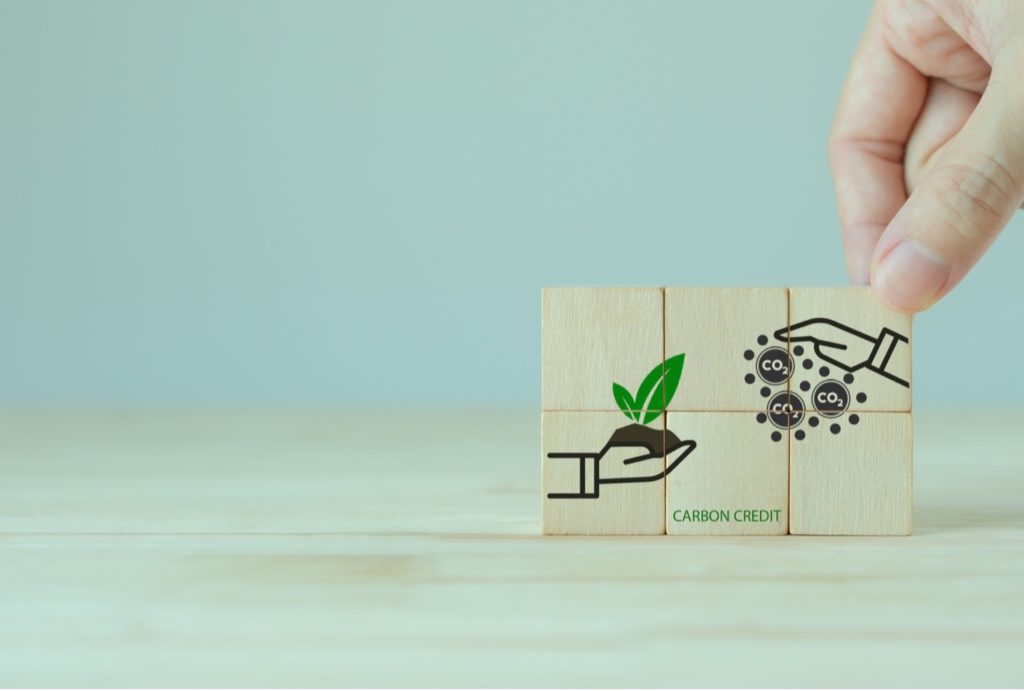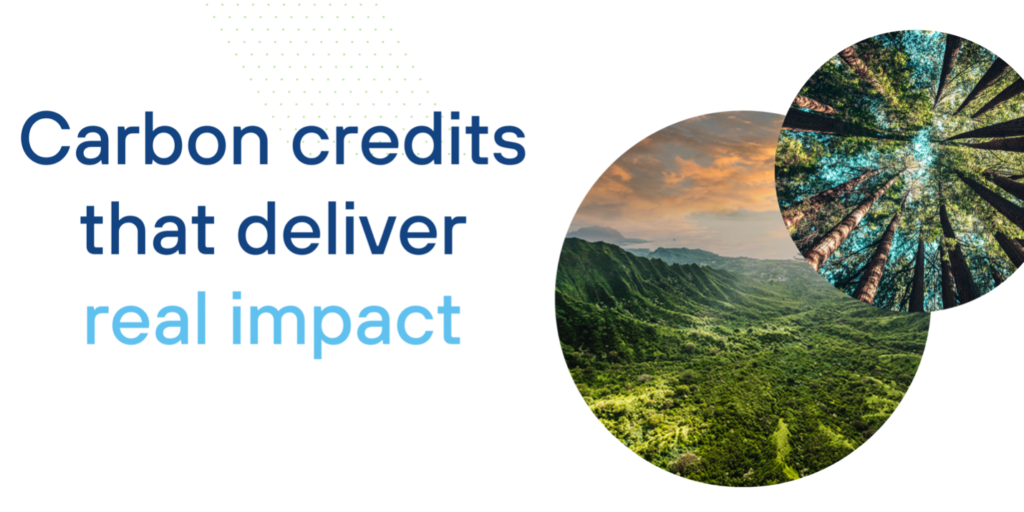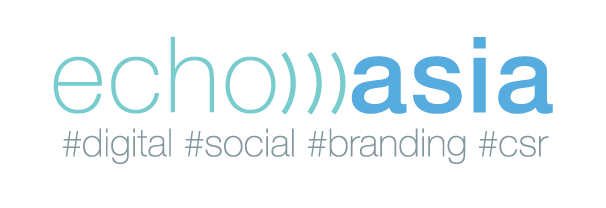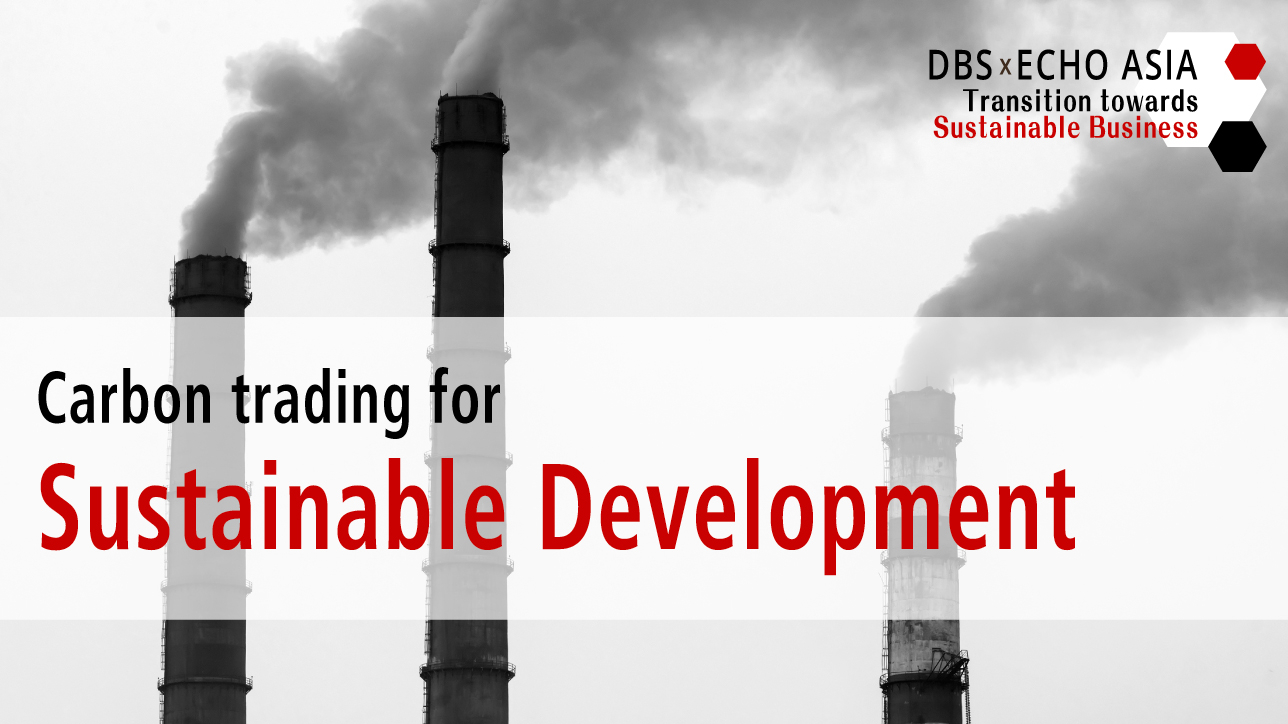#CarbonTrading #CarbonMarket #SustainableDevelopment #TransitionTowardsSustainableBusinessesSeries
Research by Echo Asia, Edited by DBS
Everyone has shopped online. The rise of different online marketplaces has made buying things a lot more convenient for us. But did you know that carbon credits can also be bought and sold like a commodity, and that there are even online platforms for carbon trading?

How does the carbon market work?
The idea of the carbon market originates from Article 6 of the Paris Agreement, which regulates mechanisms for cooperation between countries and global trading with emissions. In the carbon market, different parties can trade “carbon credits”, which are measured in tonnes of CO2 emissions. Parties with high carbon emission demand (buyer) can offset their CO2 emissions by trading with those who have spare carbon emission quotas (seller). This enables countries or enterprises to alleviate the cost of carbon reduction and work together to slow down global warming. Carbon markets can be divided into voluntary and mandatory (also known as “compliance”) models.
Voluntary carbon markets participate in emission reduction activities voluntarily and proactively. Through trading carbon credits, buyers neutralise or offset their carbon emissions. In 2021, DBS Bank, Singapore Exchange, Temasek and Standard Chartered joined forces to establish Climate Impact X (CIX), a global exchange and marketplace for high-quality carbon credits based in Singapore. The exchange aims to enhance the credibility, quality, transparency, and fairness of price in carbon credits trading to expand the voluntary carbon market. Temasek, a global investment company, believes that driven by corporate climate commitments to reduce carbon emissions, the global demand for high-quality carbon credits in the voluntary carbon market could increase at least fifteen-fold by 2030!
Can you auction in carbon markets?
To cater to the needs of different buyers and sellers of carbon credits, CIX will set up various digital platforms so parties can trade with ease and safety. This includes the Auction, where buyers can bid for unique projects or bespoke portfolios of curated projects; the Marketplace, a digital platform for businesses and carbon project suppliers to list, discover, compare, buy, and retire quality carbon credits which is well-suited for businesses of all sizes; and the exchange which enables two-way spot trade of high-quality credits through standardised contracts. It will host meaningful liquidity and provide the market with clearer price transparency and risk management solutions.

So how does CIX promote sustainable development in voluntary carbon markets? CIX is committed to providing a range of natural climate solutions to meet corporate sustainability goals. The pilot auction held in November last year traded up to 170,000 tonnes of CO2! Eight diverse natural climate solutions, including ecosystem restoration and deforestation prevention, not only support biodiversity and protect more than 250 threatened species but also promote socioeconomic development for local communities, creating more than 55,000 jobs and funding approximately 60 healthcare and infrastructure projects, to name just a few examples. Future initiatives will gradually expand to carbon-capture technologies and other solutions that are not nature-based.
When was the first compliance carbon market established?
The most significant difference between a compliance carbon market and a voluntary carbon market is that the former is based on the “cap and trade” principle and the latter is not. Under a government carbon cap, corporations are allocated a set emission allowance. If their emissions exceed their allowance, they can purchase carbon credits through the marketplace from corporations that have not overused their allowances. Conversely, companies can sell their unused allowances in the carbon market. For example, Tesla’s carbon emissions are lower than the EU standard, so it has a large amount of carbon credits to sell to other auto manufacturers with excessive carbon emissions. Established in 2005, the EU Emissions Trading System is the world’s oldest and largest transnational compliance carbon market. China also launched a national compliance carbon market last year. Compliance carbon markets are expected to expand around the world.
You may ask, “So can a well-funded company just pay money and continue to emit CO2?” Not necessarily! The supply of carbon credits is actually limited, and as the 2050 deadline for the Net-Zero Coalition to achieve carbon neutrality draws closer, the availability of carbon credits on the market will decrease, followed by an attendant increase in price. This will prompt corporations to cut carbon emissions in to reduce operating costs.

What future opportunities can we expect for the Hong Kong carbon market?
The Green and Sustainable Finance Cross-Agency Steering Group, jointly led by the Hong Kong Monetary Authority and Securities and Futures Commission, has issued a preliminary feasibility assessment stating that it will strive to develop Hong Kong into a high-quality, international voluntary carbon market. Actions include strengthening cooperation with the Guangzhou Futures Exchange to develop the carbon market and establishing Hong Kong as an offshore risk management centre for the Chinese Mainland, among others.
The carbon market is a sustainable financial platform that pushes corporations towards carbon neutrality. There is still a lot of room for development in the Hong Kong carbon market. Hong Kong’s Climate Action Plan 2050 proposes to halve carbon emissions by 2035 and achieve carbon neutrality by 2050. It is time for Hong Kong to become a carbon-neutral financial hub. There is no doubt that Hong Kong needs to continue, even accelerate, the development of its carbon market. Otherwise, the costs of carbon neutrality will only become higher.
Reference:
Climate impact X (no date) CIX, Carbon Exchange & Credits | DBS Corporate Banking. Available at: <https://bit.ly/3GEXJpN> (Accessed: November 23, 2022).
DBS, SGX, Standard Chartered and Temasek to take Climate action through global carbon exchange and Marketplace(no date) Temasek Corporate Website English. Available at: <http://bit.ly/3EoHY3K> (Accessed: November 23, 2022).
Legco.gov.hk. 2022. 選定地方的碳市場發展. [online] Available at: <https://bit.ly/3MAspJN> [Accessed 15 October 2022].
Hkma.gov.hk. 2022. 香港的碳市場機遇. [online] Available at: <https://bit.ly/3TmOCgL> [Accessed 15 October 2022].
Fozl.sg. 2022. 新加坡碳交易平台和市集CIX 完成碳信用组合试点拍卖. [online] Available at: <https://bit.ly/3TtyWsh> [Accessed 15 October 2022].
趙偉婷(台達基金會低碳生活部落格寫手) 文: and 趙偉婷 (no date) 【COP26系列】《巴黎協定》第六條終拍板 全球碳市場將起 ?, 環境資訊中心. Available at: <http://bit.ly/3tRT4cz> (Accessed: November 23, 2022).
| 立即關注我們,以獲取更多相關資訊 |

